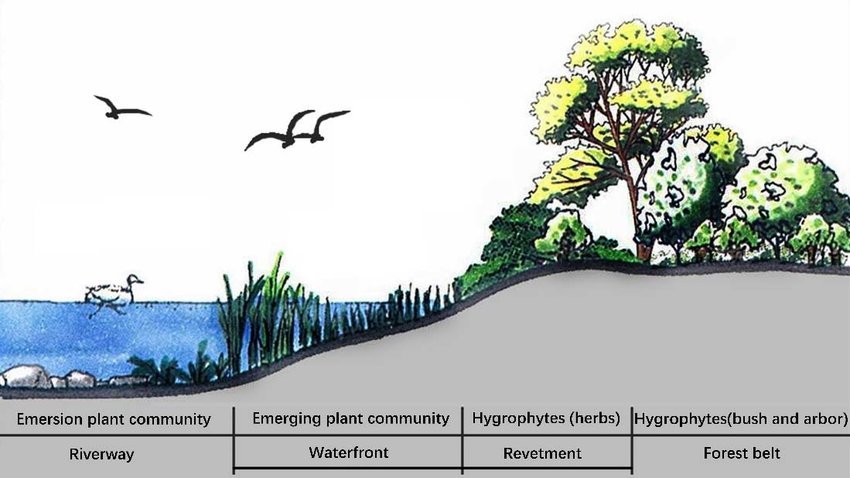The purpose of this Earthcache is to create awareness and educate. Have fun and do your best to answer the required questions below.

What is a Living Shoreline?
Living shorelines are a man made attempt to replicate a natural phenomenon caused by reefs. It is a relatively recent approach for addressing shoreline erosion and protecting marsh areas. Unlike traditional structures such as bulkheads or seawalls that worsen erosion, living shorelines incorporate as many natural elements as possible which create more effective buffers in absorbing wave energy and protecting against shoreline erosion. The process of creating a living shoreline is referred to as soft engineering, which utilizes techniques that incorporate ecological principles in shoreline stabilization. The natural materials used in the construction of living shorelines create and maintain valuable habitats. Structural and organic materials commonly used in the construction of living shorelines include sand, wetland plants, sand fill, oyster reefs, submerged aquatic vegetation, stones and coir fiber logs.

Living Shoreline Zones:
Living shorelines are composed of several zones, two or more of which are completely submerged. For the sake of brevity, we'll concentrate on three zones, two of which are underwater.
1. Breakwater Zone: This zone contains natural or artificial materials with a dual purpose. One of those purposes is to absorb the tidal energy and the other is to promote the establishment of stabilizing organisms commonly found in natural or artificial reefs, like coral, barnacles and oysters.
2. Waterfront Zone: The waterfront is the zone between the Breakwater Zone and where the beach ends. It contains both submerged plants underwater and saltwater resistant sea grasses on the shore. The Waterfront Zone further absorbs tidal action and dissipates tidal energy before it erodes the beach, plus stabilizes the beach itself so sand is not reclaimed into the sea.
3. Revetment Zone: The revetment zone is the angled area beyond the Waterfront Zone that is designed to protect the embankment, and then levels off. This area is elevated beyond the beach, and is populated with common grasses that can't survive by absorbing saltwater, and transitions to silty soil capable of supporting common vegetation.
To Claim This Earthcache:
Send me your answers using my profile link. Claimed finds without the requisite answers to the questions below will be deleted without warning. I will extend you the benefit of the doubt for a reasonable amount of time, but I also have to keep this activity fair for all finders. Please include all visitors in your message, so groups of visitors can have only one person send the answers for everyone. Note that some questions have more than one word answers.
1. Which zone are you standing on at the posted coordinates?
2. Look at the water. Do you see any evidence in the movement of the water at the surface that tells you how far does the breakwater zone extends? If there is a breakwater, how far from the edge of the water would you say it it?
3. Look at the beach. Do you see any evidence of the type of material used to create the Breakwater Zone? What type of material is it? Is it natural or artificial?
4. Look at the opposite end of the shore. Describe the difference between the opposite shore and this end.
5. (Mandatory)Post a picture of yourself or anything that identifies you, such as a piece of paper with your geo-nickname, to validate that you indeed visited the GZ. Logs without the required picture will be deleted.
Sources: Wikipedia, NRCS data.